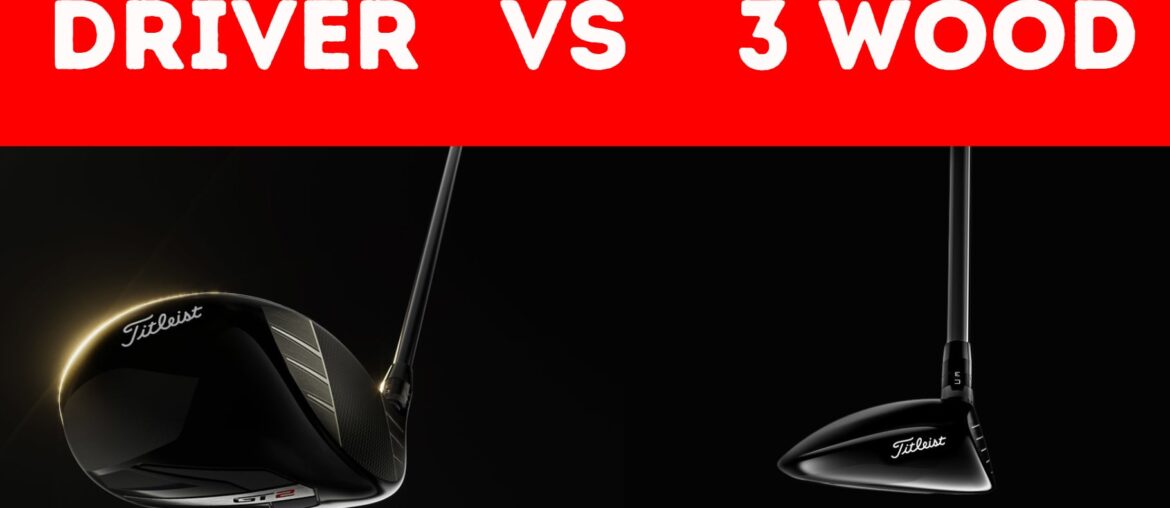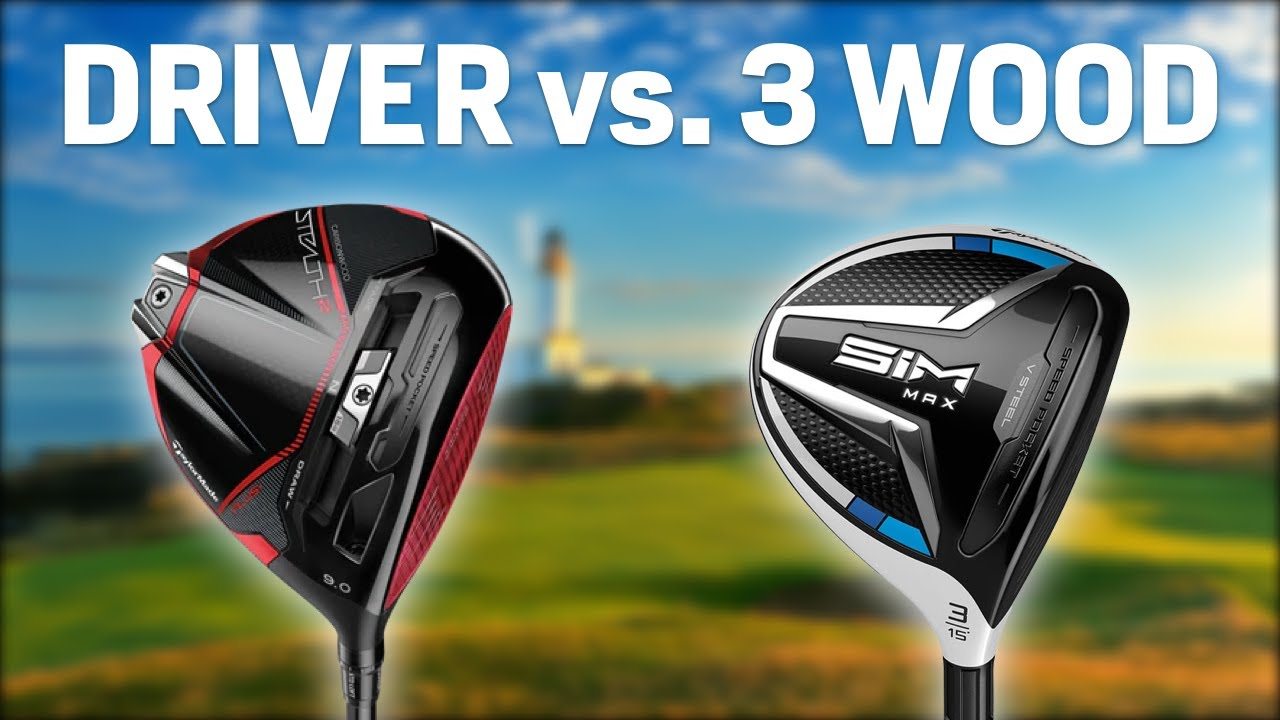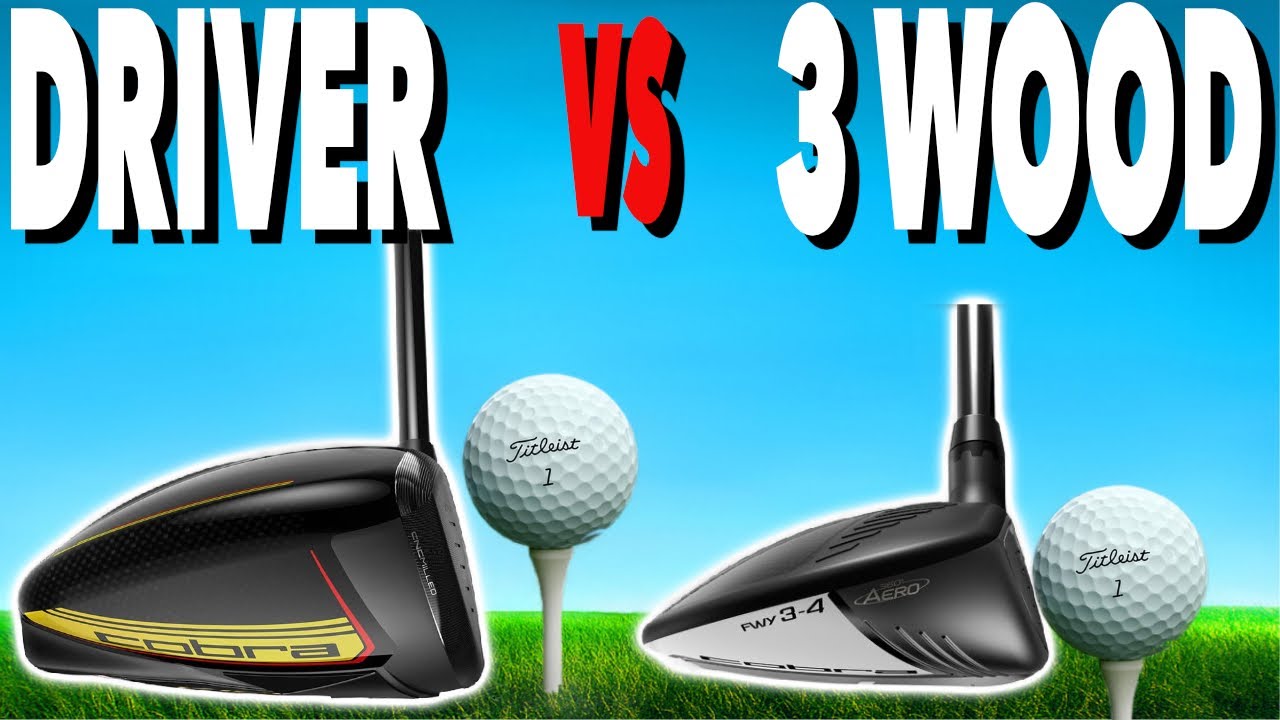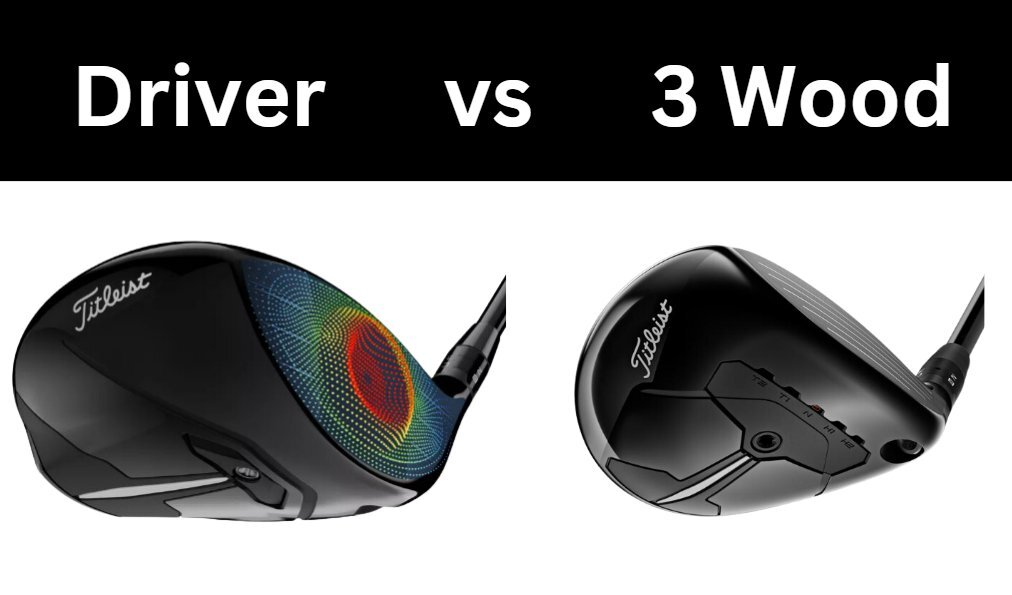|
Getting your Trinity Audio player ready...
|
Golfers of all levels eventually face the same question: should you hit a driver or a 3 wood off the tee? Both clubs have their strengths, but choosing the right one can make the difference between a booming drive down the fairway or a frustrating shot into the rough.
In this guide, we’ll break down the distance, accuracy, and ideal situations for each club, so you’ll know exactly when to pull out your driver and when to trust your 3 wood.
Driver vs 3 Wood – The Key Differences
Distance & Power
-
Driver: Longest club in the bag, designed for maximum distance. With a bigger clubhead and lower loft, drivers send the ball farther but demand more precision.
-
3 Wood: Slightly shorter shaft and more loft than a driver. While it won’t match driver distance, the 3 wood offers more control and consistency.
Takeaway: The driver is your distance weapon. The 3 wood sacrifices a little yardage but rewards you with accuracy.
Accuracy & Control
-
Drivers are harder to control because of their length and lower loft. Off-center hits often end up in the rough.
-
A 3 wood, being shorter and easier to square at impact, keeps more shots in the fairway.
Takeaway: If hitting fairways is your priority, the 3 wood is often the safer play.
Forgiveness for Beginners
-
Many new golfers struggle with drivers — topping the ball, slicing, or losing confidence.
-
A 3 wood feels more manageable and helps beginners build consistency.
Takeaway: Beginners often benefit from starting tee shots with a 3 wood until they master driver mechanics
When to Use a Driver
-
Long Par 4s and Par 5s: If distance is critical, the driver is essential.
-
Wide Fairways: When there’s room to miss slightly, a driver’s risk is worth the reward.
-
High Swing Speed Players: Golfers with speed can maximize driver distance more effectively.
When to Use a 3 Wood
-
Narrow Fairways: Accuracy beats distance when hazards tighten the landing zone.
-
Backup Club Off the Tee: If your driver confidence is shaky, the 3 wood provides a reliable alternative.
-
Versatility: Unlike a driver, a 3 wood can also be hit from the fairway, making it valuable beyond the tee.
Driver vs 3 Wood for Different Golfers
-
Beginners: Stick with the 3 wood until you’re comfortable making solid contact consistently.
-
Mid-Handicappers: Mix both — driver on wide holes, 3 wood on tight layouts.
-
Low-Handicap Players: Carry both, but let course conditions dictate which you hit off the tee.
FAQs
Is it easier to hit a 3 wood than a driver?
Yes — the shorter shaft and added loft make it easier to control.
Can I replace my driver with a 3 wood?
Some golfers do, but most benefit from having both in the bag for versatility.
Which club should beginners learn first?
A 3 wood is easier to master initially, but learning the driver is essential for long-term progress.
Conclusion
So, driver vs 3 wood — which should you choose?
-
Driver = Distance: Perfect for long holes and aggressive play.
-
3 Wood = Accuracy: Reliable on narrow fairways or when confidence with the driver is low.
The smart move isn’t choosing one over the other — it’s learning when to use each club strategically. Master that balance, and your scores will drop.








